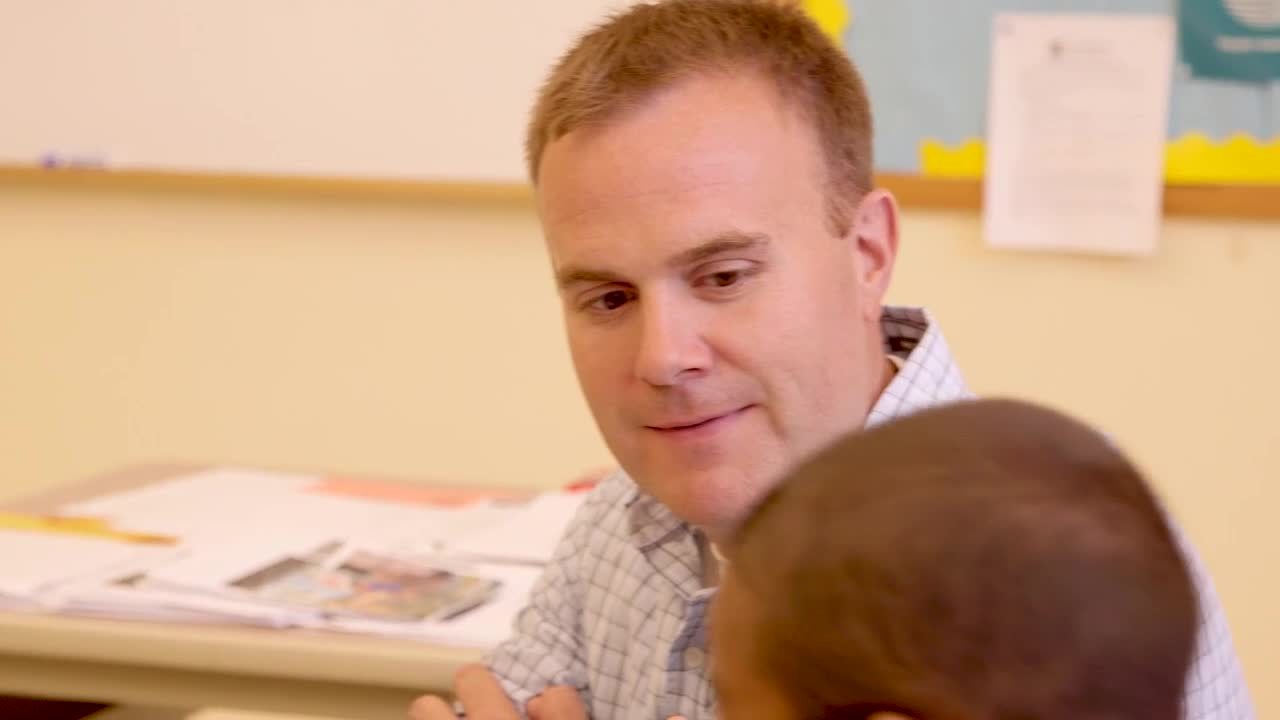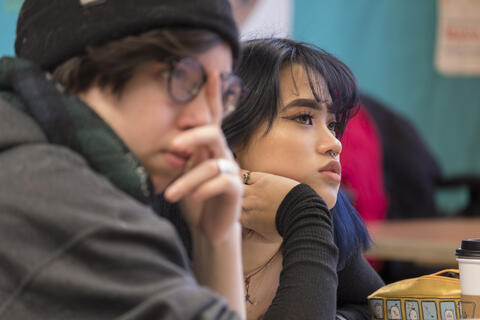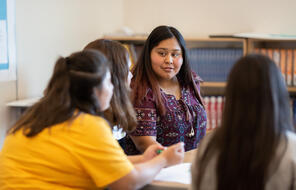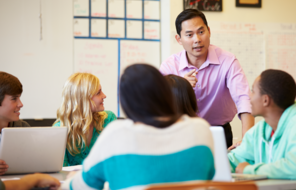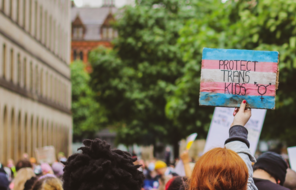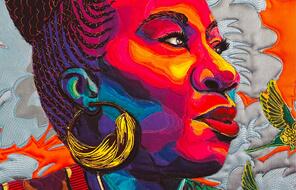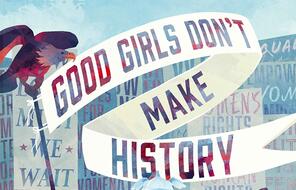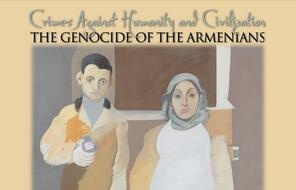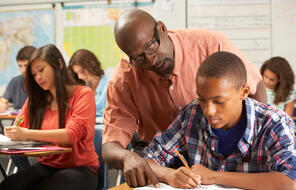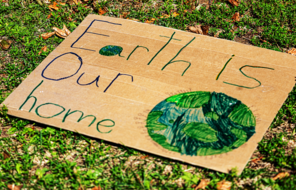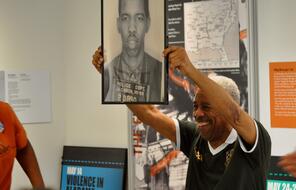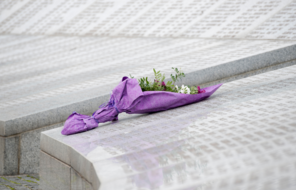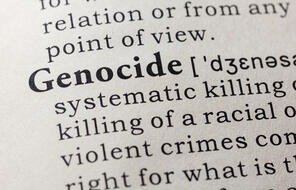[JONATHAN DEE] Today's lesson, they're going to start with a journal where students will be reflecting on either when they felt comfortable or uncomfortable in a classroom setting, preferably, hopefully, in the past couple of years so it's fresh. And students will write, they'll reflect in their journals for a couple of minutes, and then we'll come together. They'll share with a partner who answered the different prompts. We'll have students-- some who felt comfortable, some who didn't feel comfortable-- talking to each other and conversing before we come back together as a big class. Using journals in the class is a great way to get students to think about either what we've just done in class the previous day or the previous week or to get them thinking ahead to what we're about to do. The first thing we're going to do is our journal. So please have your journals open. You don't need the Chromebooks today. You can put those-- stash those away. Here's the way the journal's going to work. So there are two prompts today. If you are sitting on the inside, so the inside two rows, you're going to do the first prompt. I want you to think about-- identify a time when you have felt comfortable sharing your ideas and questions in a class. What happened in those moments to help you feel comfortable? So try to think of something in the past couple of years since you've been in middle school. If you're on the outside, the outside two rows, identify when you've had ideas or questions but have not shared them in class. Why not? Why didn't you feel comfortable? What was happening at those moments? So guys, I'm going to give you a couple of minutes here to respond in your journals. I know it's only our second journal of the year. Keep in mind the date today is the 5th, journal number two. Come up with a title. We have the model on the board you can look at in a second. Title someone earlier today came up with-- just the word "comfort." Keep it simple, something that relates to the prompt. Get to it. You guys finish up that final thought. I'm happy to see a lot of people writing for almost the whole five minutes. I haven't been able to read everything that you've written, but I can see a lot of people seem to have a lot of ideas down. The next step-- the reason that I split up the room-- two different prompts-- is I'm going to have the people on the inside turn and talk to someone behind you. You can talk in the groups of four. You don't have-- before you do it, you don't have to read everything that you wrote. But just please share-- Aiden. I want you to share with them some of your ideas about either why you're comfortable sometimes or uncomfortable, and we'll give you guys a couple of minutes to do that. And then, we'll come back together. So please turn around and talk to someone near you. [STUDENT 1] I usually never am comfortable sharing ideas of mine them because I'm not really a talkative person with people that I'm not friends with. But sometimes, if I'm partnered alone, I actually like to-- I get more comfortable and relaxed and actually let go of myself and say some things that are in my mind. [JONATHAN DEE] Awesome. So what else? Someone who has felt uncomfortable. [STUDENT 2] I feel very uncomfortable when we're doing projects and stuff we have to present in front of the class. But if it's in a small group, then I feel more comfortable. [STUDENT 3] I don't like to share that much because I get nervous a lot. [JONATHAN DEE] What makes you nervous? [STUDENT 3] Just talking in front of a big group of people. Like, I can do it in partners. But I can't do it in, like, big groups. [JONATHAN DEE] Are you afraid of something, of how people might react? [STUDENT 3] No, it's just a weird shyness. [JONATHAN DEE] Shyness? I can relate to that. All right, guys. Come turn back. I got to listen to a couple of the groups. I heard some words came up in a couple of the people that I heard share-- nervous, confused. And those were the people who don't-- who have had those experiences where they weren't comfortable in a class. In our class, we're going to do a lot of different things. You'll be sometimes working alone. Sometimes we'll be all together like this, or we'll be doing some of that small group work. So our goal-- we've talked yesterday and a couple of days now, what makes a reflective classroom? I left some notes up on the board from yesterday. A reflective classroom-- we talked about just that word. What does it mean to reflect, to think back on? And we said it's a thoughtful classroom. It's respectful. There's written work happening. There's class discussion going on, again, small group or whole class. And every class we talked about this. They all talked about different viewpoints, different perspectives being shared in the class. I believe so strongly in using journaling in the classroom. On day one, when I'm going over the different supplies that they need for the class, I always-- the journals, number one on that list. And I talk to my students about when I was in eighth grade or middle school, I always felt like I had a lot to offer. I thought I had a lot of great ideas, but I was really shy. And I know I would sit in the class and I'd hear the teacher say something or another classmate that either I agreed with or I had a different opinion, and it was so hard for me to open up. But I had a teacher who used journals and really encouraged us to be honest. And they were going to be confidential, meaning that other students weren't necessarily going to be able to read through them. And it was a place where you actually could participate in the class, even if you weren't ready just yet to be raising my hand or jumping into big discussions. And it really made me feel comfortable, and it made me feel like my ideas mattered. And I remember it took a couple of months, but eventually, my teacher would comment to me, you have a lot to offer. I can see that, and I really want you to try to share with the students. And I was never forced to do that, but it made me feel comfortable. And that's something I've tried to use in my own classroom now, and I relate that to my students on day one. They think it's weird that all of the sudden, here I am, a teacher in front of eighth graders. I never thought that would be where I would end up 20 years ago, but I talk about the importance of that journal. And I've already seen-- it's just the first week of school, but some students you can actually tell they're quieter than others, that they're already writing in that journal a lot. And so far, some of them aren't feeling comfortable opening up yet. But they're opening up in that journal, and I hope that continues as we get into deeper topics. I try to allow five minutes for the journaling activity. And there was many students who are writing right up until that five minutes, and part of me felt bad calling time. But with that activity, like, that's really-- that's kind of to activate their thoughts.
